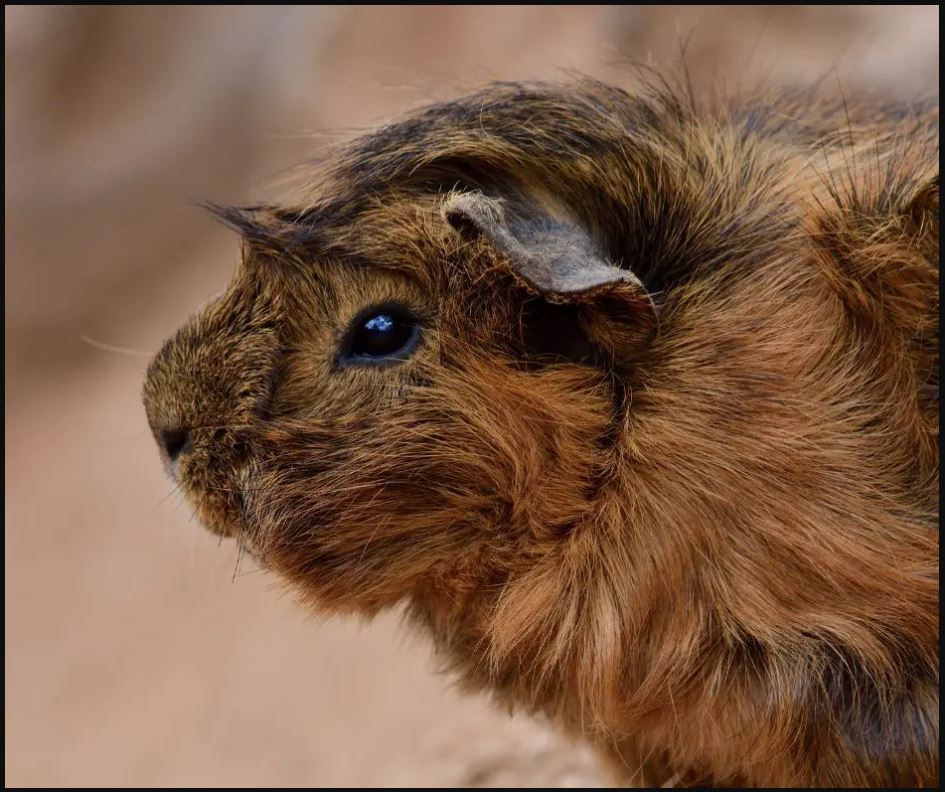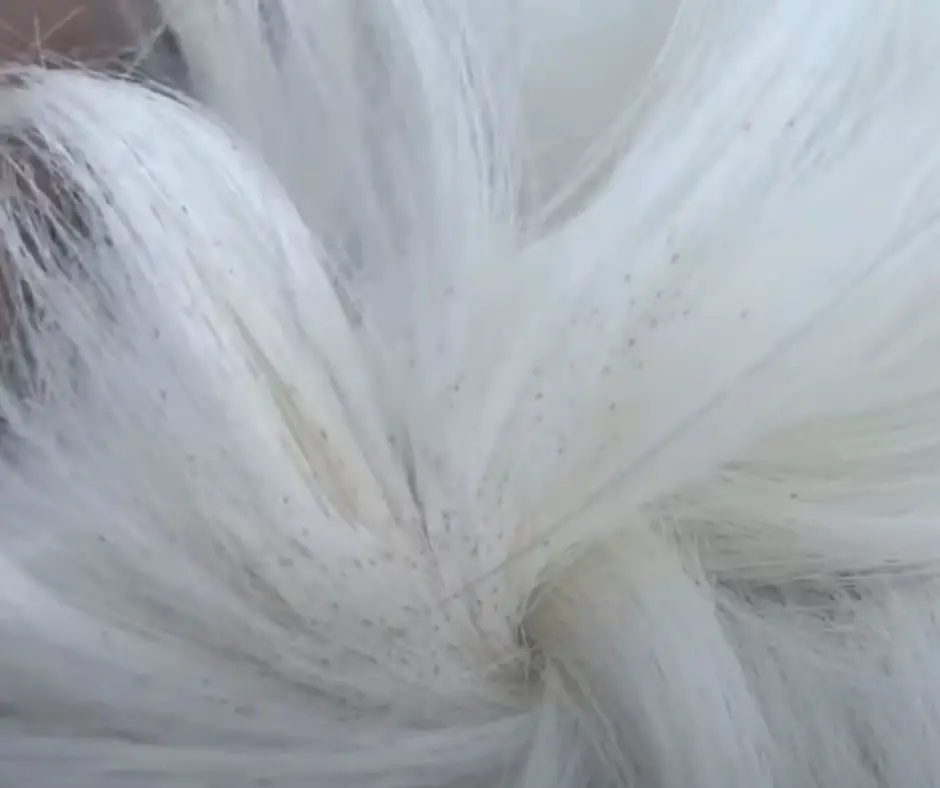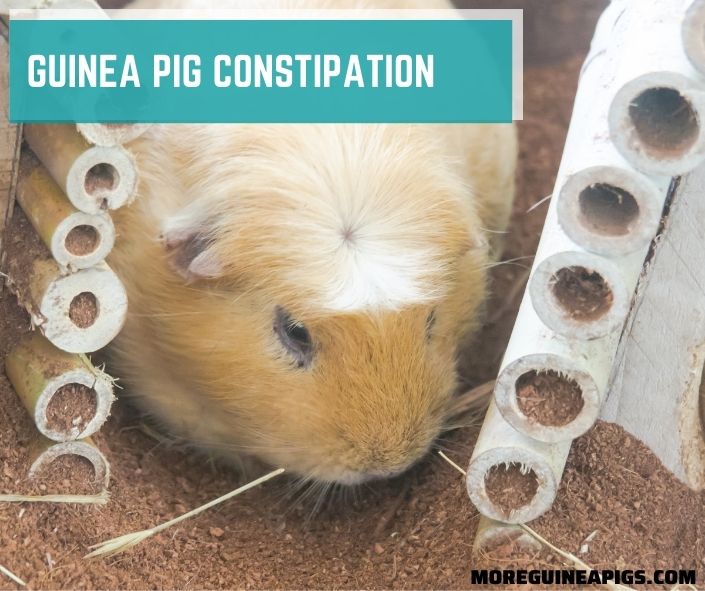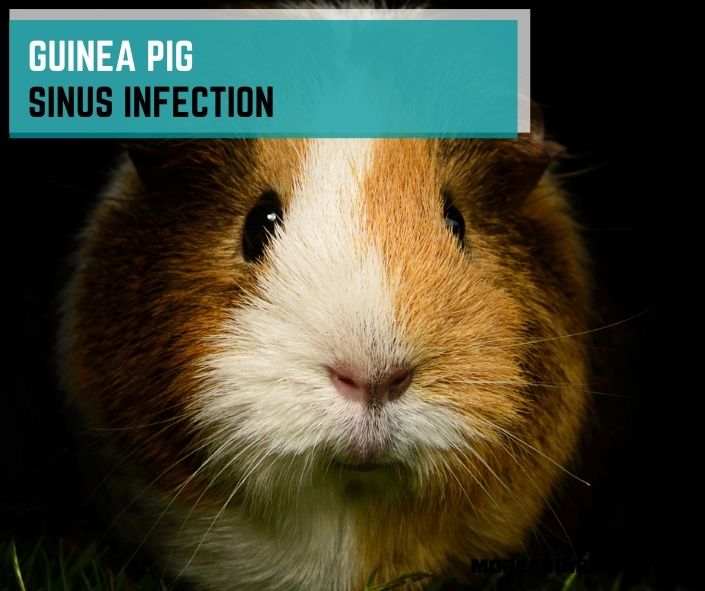Guinea Pig Mites: Signs, Causes, and Treatment
Mites are ectoparasites that can affect any age or gender of guinea pigs. They can cause serious problems, causing havoc on the hair, fur, skin, ears, and internal organs.
When guinea pig owners see these problems and symptoms in their pets, they give antibacterial medications and other medicines.
The use of wrong treatment against mites such as antibacterial medication can affect the health of guinea pigs.
As a result, it’s critical to understand the symptoms, causes, and treatment of guinea pig mite infestation. The post will also explain the ways to prevent infestation.
So, read the full article to learn everything there is to know about mites and their infestation.
How To Tell If Your Guinea Pigs Have Mites?
On a guinea pig, you may see the signs and symptoms of a mite infestation. When you examine your pet, you will notice inflamed, irritated skin, hair loss, itchy fur, and thin fur that will start shedding.
Bacteria can quickly infect scratched skin and cause infection.
If the infestation is not treated in time, it can cause bacterial infections, hair loss, loss of appetite, and weight loss.
So, see a veterinarian right once; he or she will prescribe anti-parasitic medications like ivermectin and, if the infestation is severe, diazepam along with ivermectin (only if the piggy is having active seizures).

What Do Mites Look Like?
There are two types of guinea pig mites: static and mange mites. They are invisible and cannot be seen by the human eye but you can easily recognize static mites because they are always attached to the fur/hair of guinea pigs.
The indications and symptoms of their infestation, on the other hand, can be recognized. White dandruff-like particles can be seen in the fur of a highly infected guinea pig.
These are dead skin cells, hair follicles, and dandruff that appear due to infestation of mites.
Clinical Symptoms of Mites in Guinea Pigs
Trixacarus caviae and Chirodiscoides caviae are two species of mites that can infect guinea pigs.
Itchy skin, extreme irritation, restlessness, scratches on the skin, redness, inflamed skin, shedding, lethargy, loss of appetite, and weight loss are all common signs and symptoms.
Consult a veterinarian right away if you notice these symptoms.
What Causes Mites in Guinea Pigs?
Guinea pigs can get an infection due to contaminated bedding material, weaken immunity, stress, and other infected cage mates and pets.
After grooming or petting a guinea pig, make sure to wash hands before handling other guinea pigs. Because mites may attach to your hands and transfer to non-infected guinea pigs.
Diagnose Mites in Your Guinea Pig
The presence of mites can be detected by looking for signs such as fungus development in the skin, red or inflammatory scratches, and bacterial infections.
You can take your guinea pig to the veterinarian, who will check the skin or fur and perform laboratory tests to confirm the diagnosis.
How to Get Rid of Mites on Guinea Pig

It’s critical to get rid of mites from your guinea pig because they can seriously disrupt his or her life. Anti-parasitic shampoo and oils with a pungent odor for mites can be used on a guinea pig on a daily basis.
The anti-parasitic shampoo will kill the mites, while the oil will aid in parasite shedding.
You should consult a vet and ask about sprays and mite-control products. Because some shampoos and sprays may trigger an adverse reaction in your pet.
He or she will offer you a spray or powder to use on your guinea pig’s skin, which will kill mites and prevent them from growing in your pet’s fur.
Mites Treatment on Guinea Pigs
Trixacarus caviae is a “mange mite”, while Chirodiscoides caviae is a “static mite”. Treatments for “static mites’ ‘ and “mange mites” are different.
To treatment, most vets advise spot on such as Revolution or Advantage.
However, “mange mites” treatment needs specific medicines such as ivermectin(0.2mg/kg)and diazepam(1.8 to 2mg/kg) to shed off.
Also read: How To Bathe a Guinea Pig?
Get Rid of Mites in Guinea Pig Habitat
Wash everything with antibacterial soap and warm water, then rinse it and allow it to fully dry. Replace with new bedding and ensure the cage does not still smell of soap before placing the guinea pig back in the cage.
Also read: How To Clean a Guinea Pig Cage?
What Happens If Guinea Pigs Mites Are Not Treated?
Static mites generally cause mild irritation and, while they should be treated, not treating them is unlikely to have serious consequences
BUT, due to loss of appetite, weakened immunity, weight loss, and subsequent bacterial infections, the guinea pig will die. Guinea pigs’ immune systems continue to fight the mites until they die.
Vet comment
Mites can cause weight loss, serious skin infection and lethargy as well as depression. They do not suck blood but do cut into the skin and cause intense itching.
So, see a veterinarian and have the infestation treated before it worsens.
Are Guinea Pig Mites Contagious?
Guinea pig mites are contagious to cage mates but are not contagious to humans because the human body lacks the necessary environment.
Guinea pig mites are always present in the guinea pigs’ skin and fur. Humans do not have the same fur and hair as guinea pigs.
However, they can be transferred to humans while petting and grooming guinea pigs. Guinea pig mites can cause minor skin irritation in humans, but they cannot infect humans like they can guinea pigs.
So, you need to be careful while handling guinea pigs and wash your hands carefully after petting them.

How to Prevent Guinea Pig Mites
It is preferable to prevent the mites from infecting the guinea pigs. You must use prevention strategies such as cage cleaning, avoiding contact between sick pets and healthy guinea pigs, and grooming on a regular basis.
Grooming guinea pigs using vet-recommended shampoo on a weekly basis is required. Mites will be kept at bay as a result of this.
If your guinea pig has mites, the shampoo will kill their eggs, preventing them from multiplying. So, to prevent mite and parasitic infections in your guinea pig, follow the measures below.
Health Checks and Timely Mites Detection
To keep guinea pigs healthy and happy, they need to see a veterinarian on a regular basis. A veterinarian will check the guinea pigs’ general health and look for symptoms of mite infestation.
If he or she notices any obvious indicators, he or she will treat them right away.
If the parasitic infestation is found early, the vet will have an easier time controlling it. Early diagnosis of mites will aid a guinea pig’s quick recovery.
If a guinea pig is severely infected, it will take time to recover the infection. Mites can infect the skin in such a way that skin injury does not heal completely.
J·R·LIGGETT’S Small Animal Liquid Shampoo
Clean Cages and Bedding Regularly
The unsanitary living conditions of guinea pigs are the main source of mite and parasite infestation. The cages must be kept clean and hygienic at all times. You should clean your pet’s cage after each feeding and wash it once a week.
Mites and parasites hide in bedding because it provides a warm and cozy environment for them to live in.
To avoid the growth of mites and parasites in the bedding, make sure it is disinfected. It’s also crucial to maintain the bedding clean and replace it when it becomes dirty or polluted.
Keep Your Guinea Pig Healthy and Happy
A guinea pig needs a clean cage, a nice mate, and a balanced diet to keep healthy and happy. To keep guinea pigs’ immune systems strong, they need a well-balanced diet.
Because a dietary deficiency might undermine the immune system’s ability to fight microorganisms and mites.
Guinea pigs that are healthy and happy fight foreign antigens and defend themselves from infection.
If a guinea pig is not happy or stressed, it affects the hormone levels in the body and prevents the formation of antibodies against invading antigens and infections.
As a result, this weakens the immune system of guinea pigs making them susceptible to getting the infection.
In the fur or skin of a weak guinea pig, mites can easily proliferate and grow. It is therefore vital to keep your pet happy and active in order to maintain regular hormone levels and an immune system.
Also read:
Do Not Introduce a New Guinea Pig Without Testing
It is vital to take a new guinea pig to the vet before introducing him or her to the family. A veterinarian will check the guinea pig thoroughly for contagious disorders that could infect its cage mates.
Because the new guinea pig is infected with mites, the infection might be passed on to other pets.
A veterinarian will conduct laboratory tests to determine the extent of the guinea pigs’ mite infestation. Even if a guinea pig’s skin or coat appears healthy, it may be afflicted with mites. This is due to a slight mite infestation.
Davis Miconazole Pet Shampoo, 12-Ounce
In Summary
Mites and other parasite infestations are common in guinea pigs. Mites can be acquired from contaminated environments or infected cage mates.
Mites are more likely to infect guinea pigs who have a poor immune system. Mites can release substances into the bloodstream that disrupt oxygen transport to tissues.
As a result, you must take precautions to avoid mite infestation. Guinea pigs should be kept in a clean cage with comfortable and fresh bedding.
Aside from that, cages must be cleaned, washed, and disinfected on a regular basis. Consult a veterinarian right away if you suspect your guinea pig has mites.








